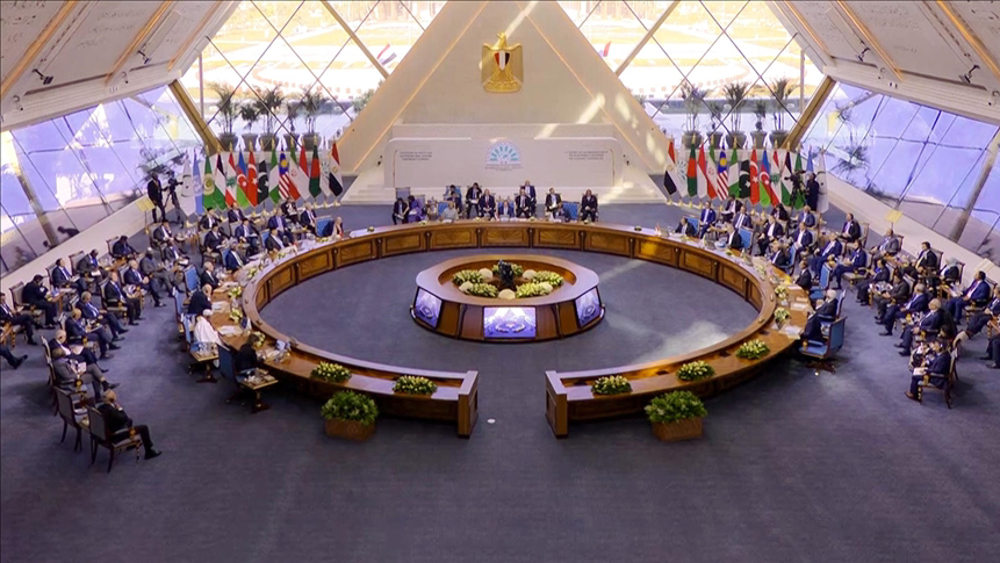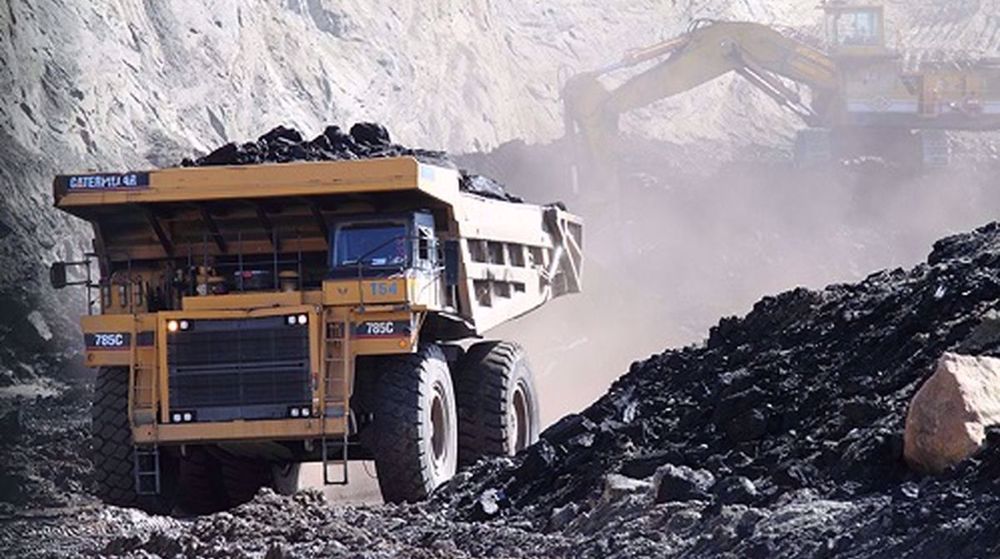New alarm US investors miss Iran deals
A new warning has been given to US businesses that they will lose what is expected to become a fierce rivalry with Europeans to set a foothold in the vast Iranian consumer market.
The New York-based hedge fund Greylock Capital Management has announced that US investors are at risk of getting shut out of deals in Iran while their European competitors get a head start on billions of dollars in opportunities unlocked by the lifting of international sanctions.
“It seems like the US might miss this opportunity because the Europeans are going to move regardless,” Hans Humes, Greylock’s chief executive officer and chairman who traveled to Iran in June, said in an interview in Mexico City.
“It almost doesn’t matter what the US does because once it starts opening up to Europe I think the economy in Iran will start to move,” Bloomberg has quoted Humes as saying.
Foreign investors and multinationals are lining up to return to Iran after last year’s historic nuclear deal led to the lifting of international sanctions in January. Until then, firms were prevented from transferring money in and out of the Islamic Republic, whose $370 billion economy is projected to grow 5.8 percent this year, Bloomberg added.
While European companies like German automaker Daimler AG and France’s Airbus Group SE have already signed deals, American citizens and companies remain limited because the US has kept some of its own restrictions tied to accusations of terrorism and human rights abuses.
Changing the Treasury Department’s Iran policy toward processing payments would “open things up,” said Humes. His New York-based hedge fund, which oversees about $1 billion, focuses on distressed and high-yielding emerging-market debt.
Humes sees the biggest opportunities in Iran’s energy, infrastructure and corporate services. He said that the investment opportunities may be worth “multiple tens of billions” of dollars in the next five to 10 years, assuming political stability.
Iran’s main stock gauge, the TEDPIX Index, advanced 27 percent in 2016 through Sunday to close near the highest level in about two years.
Europe is likely to get in first with banks there hopefully starting to ramp up transactions with Iranian lenders in the next year, Humes said. Meanwhile, the entrance of US institutional investors still likely two to three years away, he added.
“Everybody sees the opportunity in Iran,” he said. “It’s going to happen and the trigger for that will just be the payment system opening up.”
Relentless Israeli ceasefire violations justify need for self-defense: Lebanese MP
Tel Aviv tells Damascus Israeli forces will remain in occupied territory: Report
Dec. 22: ‘Axis of Resistance’ operations against Israeli occupation
‘Abhorrent’: Oxfam says only 12 trucks delivered aid in North Gaza since Oct.
VIDEO | Leader receives religious eulogists on Hazrat Fatima birth anniv.
Pope Francis slams Israel’s ‘machine-gunning’ of Gaza children
US hostage-taking of Iranian nationals violation of intl. law: Deputy FM
VIDEO | Carol Singers for Palestine on London’s Parliament Square










 This makes it easy to access the Press TV website
This makes it easy to access the Press TV website